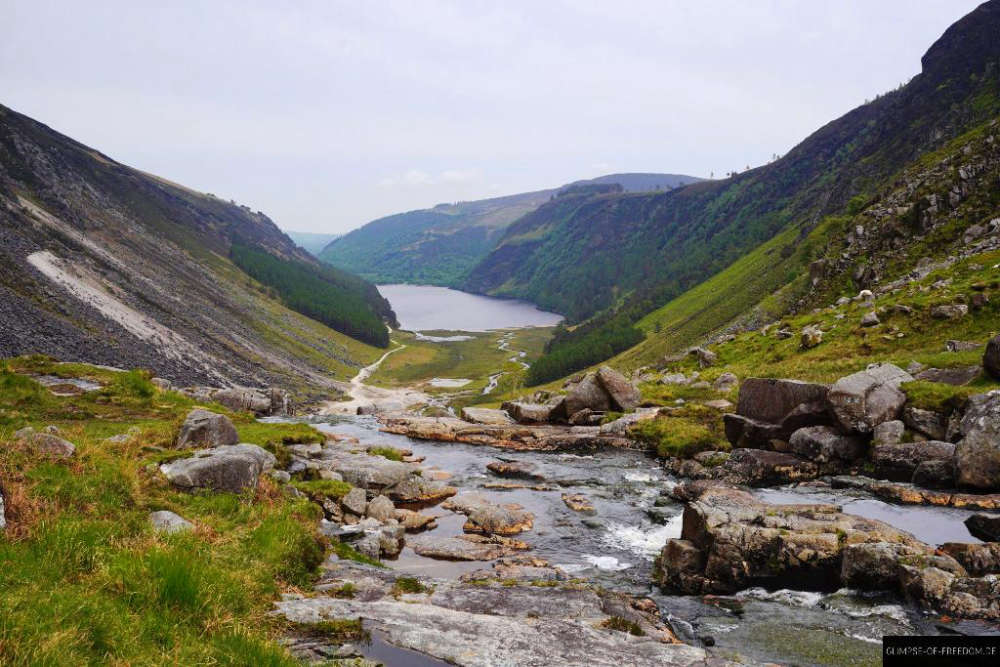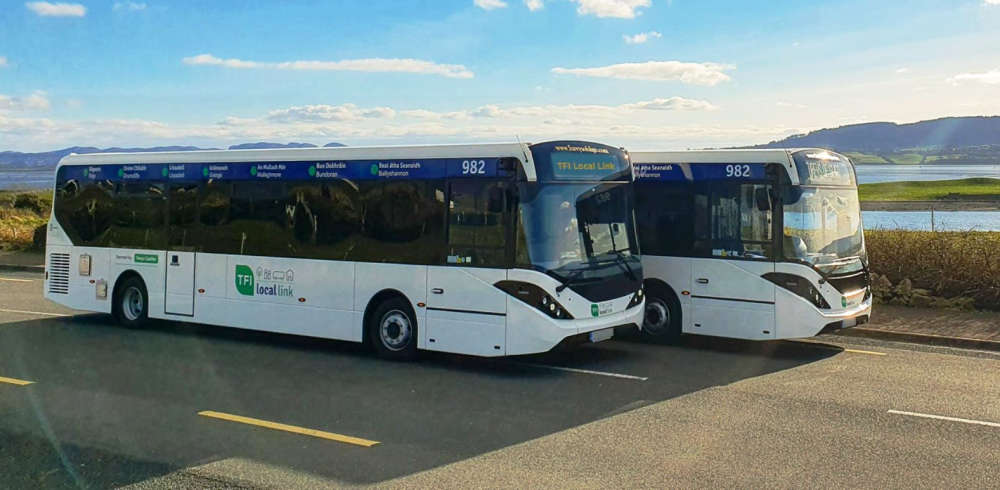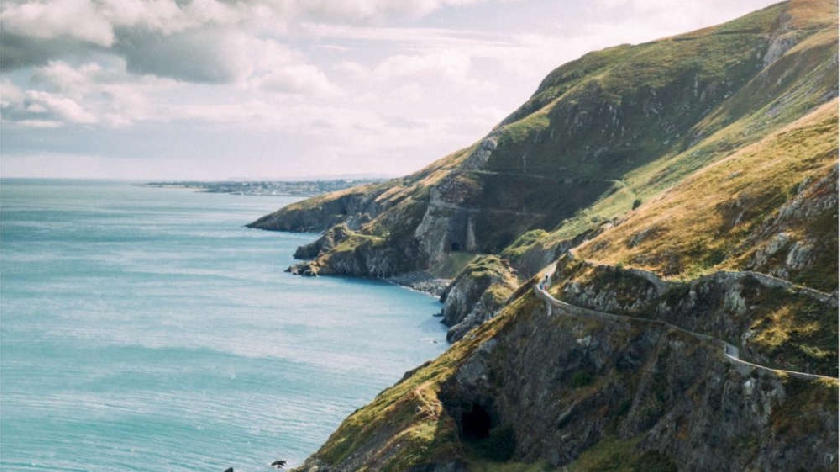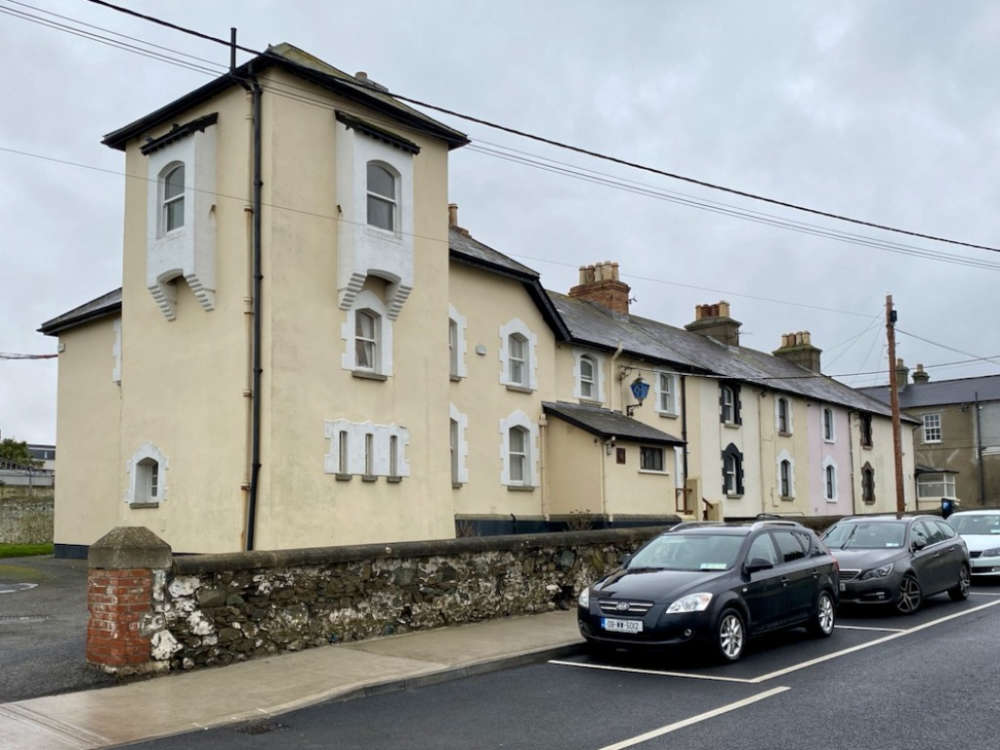
Nearly half of surface waters shows unsatisfactory levels of quality control between 2019 and 2024
New figures from the Environmental Protection Agency show mixed results for Ireland’s water quality over the past five years, with some concern in County Wicklow.
Overall, just over half of the country’s rivers, lakes, and coastal waters are in good ecological health—a slight drop from the previous assessment.
Coastal waters are doing best, with more than 80% rated good, while rivers and estuaries are lagging behind.
But it’s the chemical status that raises alarm. When mercury and certain flame retardants are included, every water body in the country fails to meet standards.
And Wicklow isn’t exempt. The Glenealo River, known for its scenic beauty, has tested poorly due to cadmium contamination.
The Avoca Estuary, a hub for local fishing and wildlife, is facing elevated levels of copper, zinc, and cadmium. Environmentalists warn these pollutants pose risks to both wildlife and human health.
Groundwater, by contrast, remains mostly healthy, with more than 90% meeting chemical standards, and canals are generally in good ecological shape.
The EPA says the findings underline the need for targeted local action, particularly in hotspots like Wicklow, to tackle pollution and safeguard our waterways for future generations.
The EPA has warned that it means Ireland is on track to fail to meet national and EU goals for water quality in the next two years.
Dr Eimear Cotter, director of the EPA’s Office of Evidence and Assessment said:
“Our rivers, lakes and estuaries are the lifeblood of our landscape and support our ecosystems, and our health and wellbeing. But they are struggling”.
''They do not have the resilience to cope with the challenges they face, now and in the future.''
“Surface water quality overall has been in decline since before the first of these assessments was carried out by the EPA in the late 2000s.”
Dr Cotter said ''water quality is not improving despite the many actions that are underway, across all sectors”.
“It’s clear the scale and pace of implementation needs to be increased and sustained.”


 Gifted Stitches A Future Plan For Wicklow's World-Record Knitted Map
Gifted Stitches A Future Plan For Wicklow's World-Record Knitted Map
 Have You Seen Missing Alex Kenna?
Have You Seen Missing Alex Kenna?
 Greater Local Link Demand Drives New 183 and 895 Bus Route Services For Wicklow Users
Greater Local Link Demand Drives New 183 and 895 Bus Route Services For Wicklow Users
 Cliff Walk Committee Expanded To Include Local Representives
Cliff Walk Committee Expanded To Include Local Representives
 Greystones Welcomes News Of Long-Awaited Garda Station Refurbishment
Greystones Welcomes News Of Long-Awaited Garda Station Refurbishment



